ITAP Hie Shrine torii gates, Tokyo r/itookapicture
Hie Shrine is located at the Center of Tokyo, and even near the National Diet Building. Visitors from overseas and Japanese go there since it is famous for the spot for "Enmusubi" which means LOVE KNOT and MARRIAGE TIE and for SAFE DELIVERY to come true.

Hie Shrine Tokyo Cheapo
Hie Shrine. Sanno Matsuri, one of the three major Shinto festivals in Tokyo - along with Fukagawa Matsuri and Kanda Matsuri - takes place at this shrine every year on June 15 because it houses the guardian deity of the city. The god of marriage is said to be enshrined here as well, which is perhaps why wedding ceremonies conducted solemnly.

Hie Shrine A Guide To Central Tokyo's Sacred Shrine
A Brief History of Hie Shrine. If you need a brief history of it, here it is. Ota Dokan built the shrine within the grounds of Edo Castle (now Tokyo Imperial Palace). When Ieyasu Tokugawa moved to Edo, he shifted it to its current location. From 1871 to 1946, the government designated it as a Kanpei-Taisha. That meant it received a lot of support.
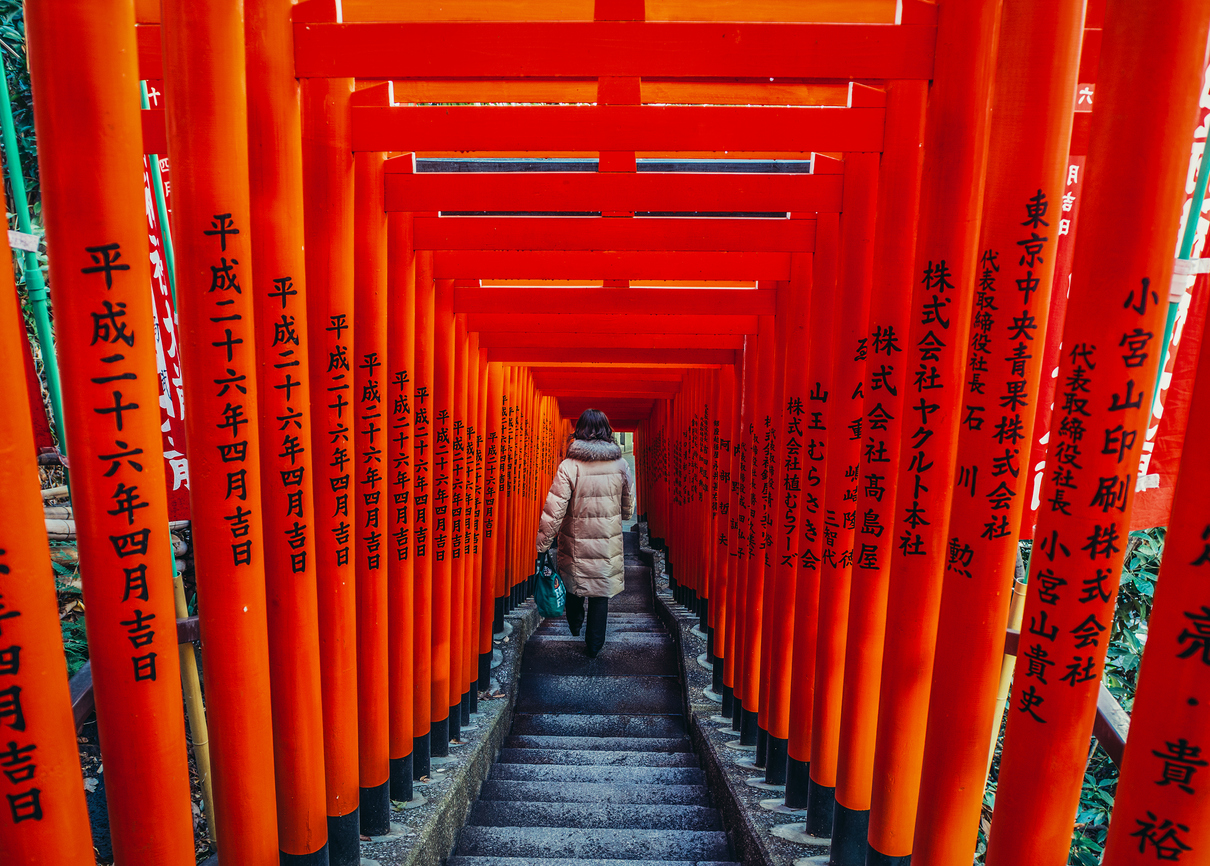
9 Tokyo Shrines To Visit To Learn About Japanese History and Culture Savvy Tokyo
Hie Shrine Tokyo is the most famous shrine in Nagatacho, Chiyoda City. The shrine is also renowned as Akasaka Hie Shrine. Most preciously, the location is a tree-covered hilltop between the neighborhoods of Nagatacho and Akasaka.. However, it is not as high as Atago Shrine. The shrine is close to two stations. It is only 3 minutes from Akasaka Station and Tameike-sanno Station.
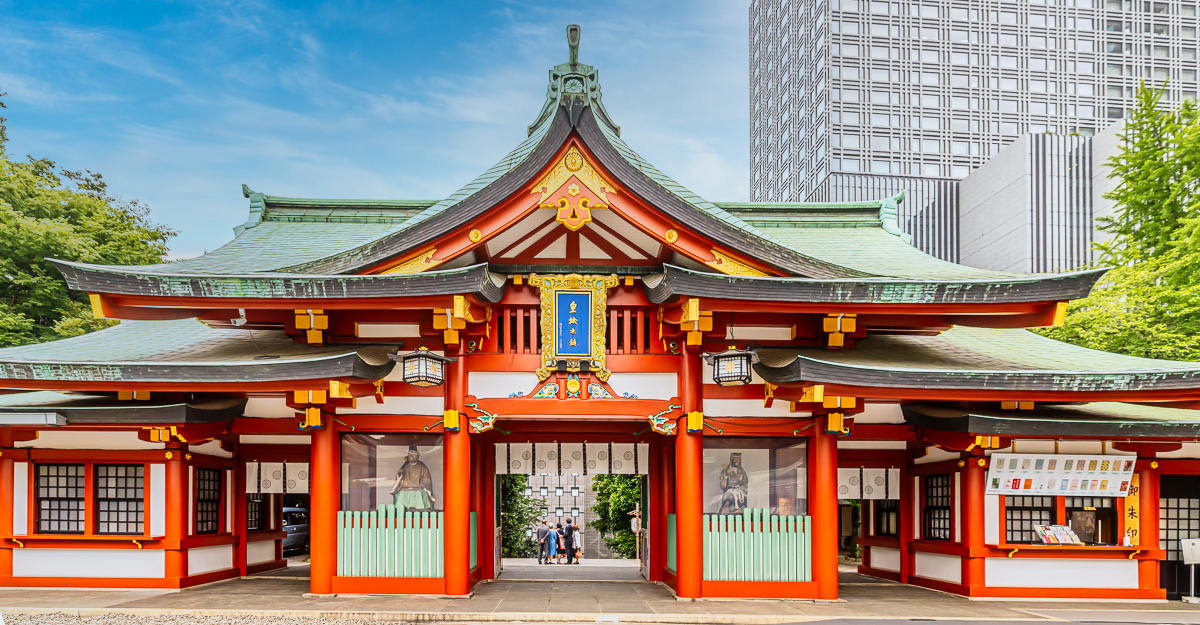
Hie Shrine Tokyo is one of the 10 famous shrines
Hie Jinja (shrine) is one of the major shrines of Tokyo. The shrine is located on a tree covered hilltop between the neighbourhoods of Akasaka and Nagatacho.
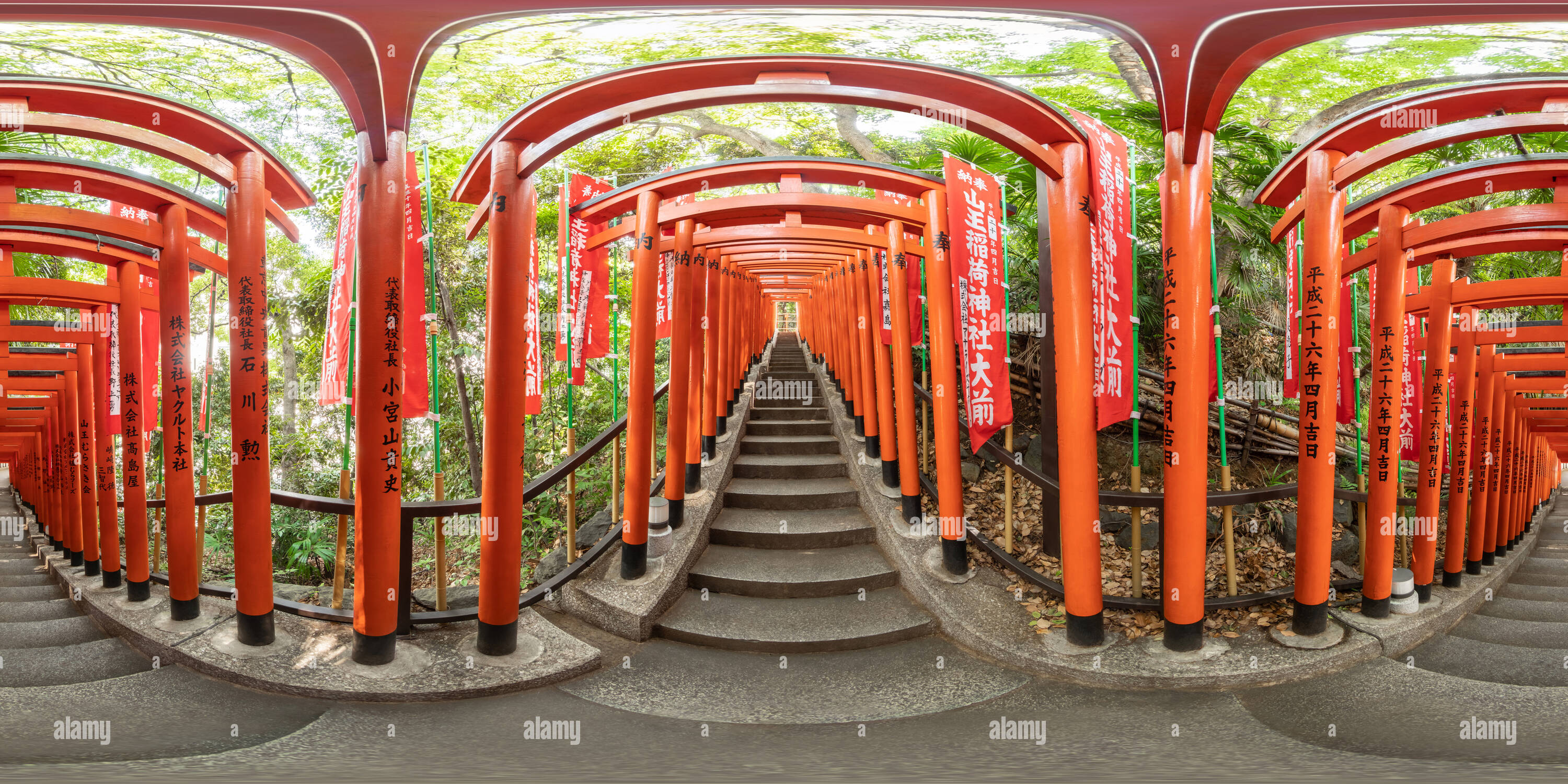
Hie Shrine Tokyo Stock Photos & Hie Shrine Tokyo Stock Images Alamy
Hie Shrine (日枝神社 Hie Jinja) was established in the 14th century as part of Edo Castle.. Today, Hie Shrine sits on prime central Tokyo land sandwiched between Akasaka (an upscale business district) and Nagatacho (where most of Japan's national government buildings reside).
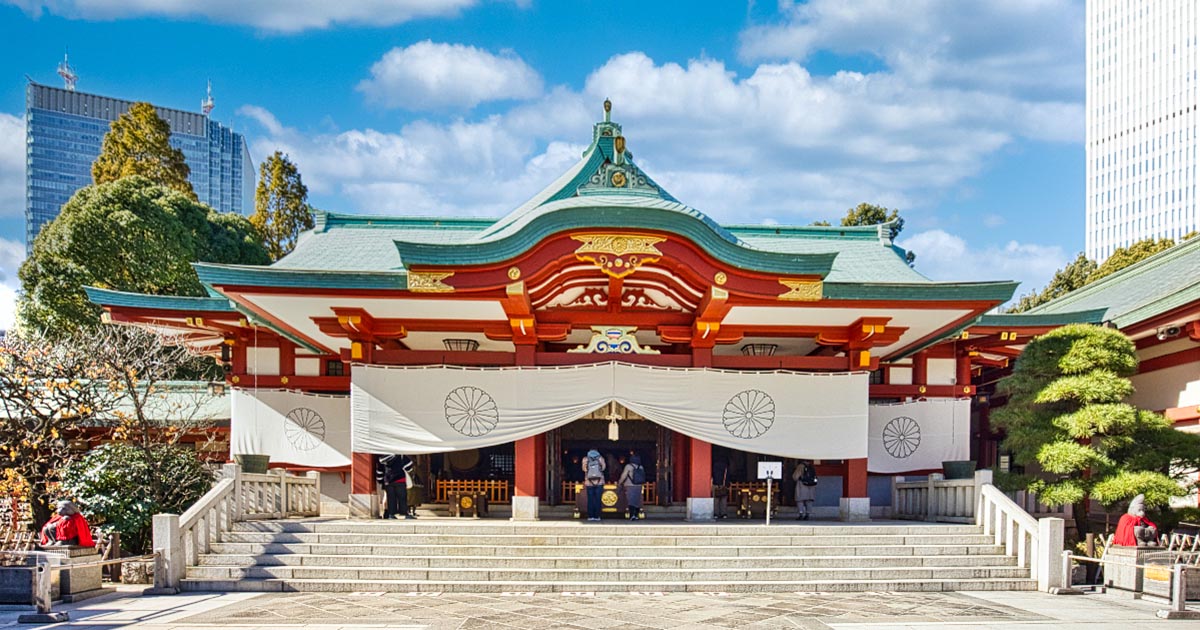
Hie Shrine Tokyo is one of the 10 famous shrines
Hie Jinja (shrine) is one of the major shrines of Tokyo. The shrine is located on a tree covered hilltop between the neighbourhoods of Akasaka and Nagatacho. As one of Tokyo's major shrines, it's also the kick-off point for one of its major festivals—the Sanno Matsuri. While most shinto shrines are guarded by dog statues, a unique feature.

Hie shrine Amenohi Travels
When Shogun Tokugawa came into power during the edo period (1603-1868) his family was a patron of the shrine and kept it within the Edo Castle. It was moved outside the castle in 1607 so the people of Edo (Edo is original name for Tokyo) can visit the shrine. From 1878-1946 the shrine served as a First Class Government Shrine. Entrance fee: Free

Hie Shrine Discover Tokyo ANA InterContinental Tokyo
Hie Shrine is located in Nagatacho, Chiyoda City, Tokyo, and is one of the five most prestigious shrines in Tokyo. The Prime Minister's official residence, the National Diet Building, and other important national facilities are located in the vicinity of Hie Shrine, and the shrine is visited by politicians, including the prime minister.
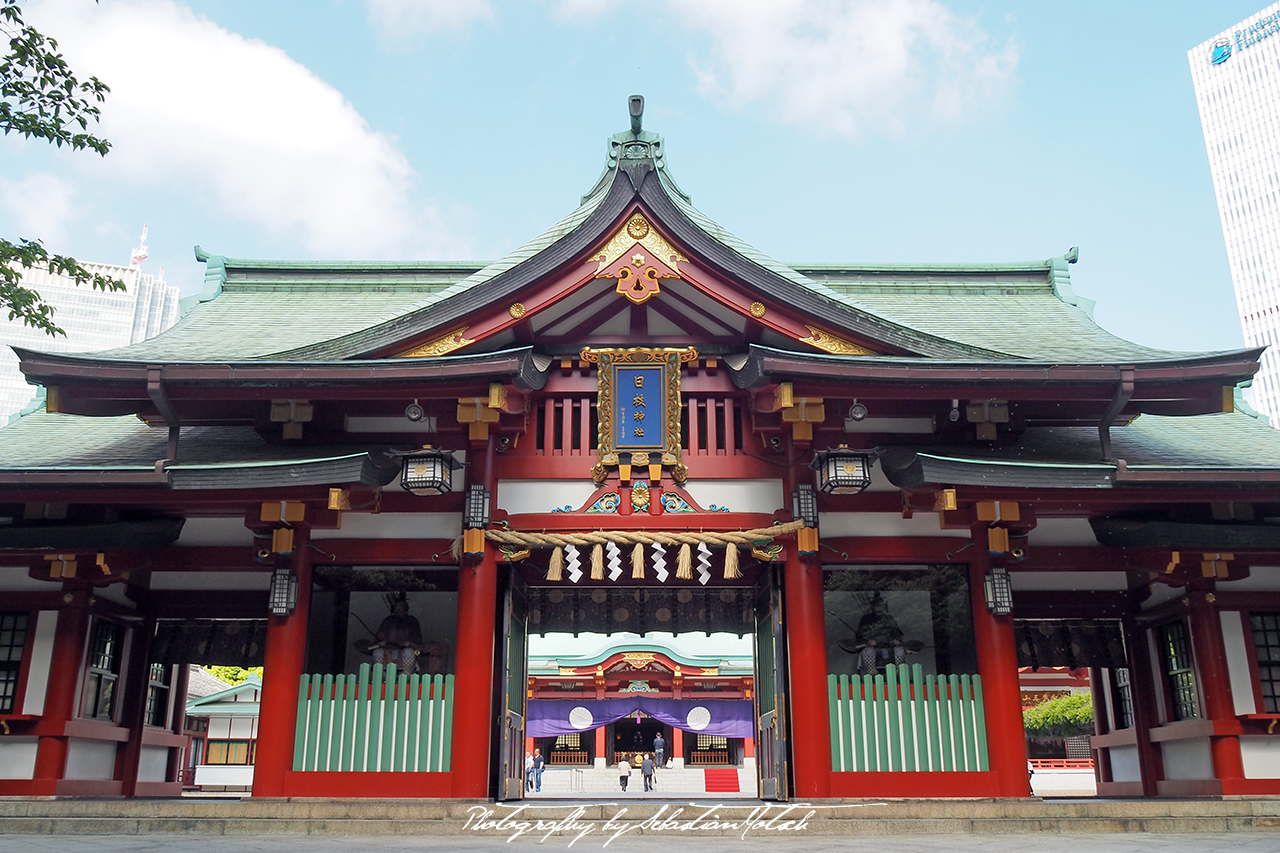
01 Tokyo Chiyoda Hie Shrine Sebastian Motsch
The Hie Shrine (日枝神社, Hie Jinja) is a Shinto shrine in Nagatachō, Chiyoda, Tokyo, Japan. Its June 15 Sannō Matsuri is one of the three great Japanese festivals of Edo (the forerunner of Tokyo ). Other names for the shrine include Hiyoshi Sannō-sha, Hiyoshi Sannō Daigongen-sha, Edo Sannō Daigongen, Kōjimachi Sannō, Sannō-sha, and.
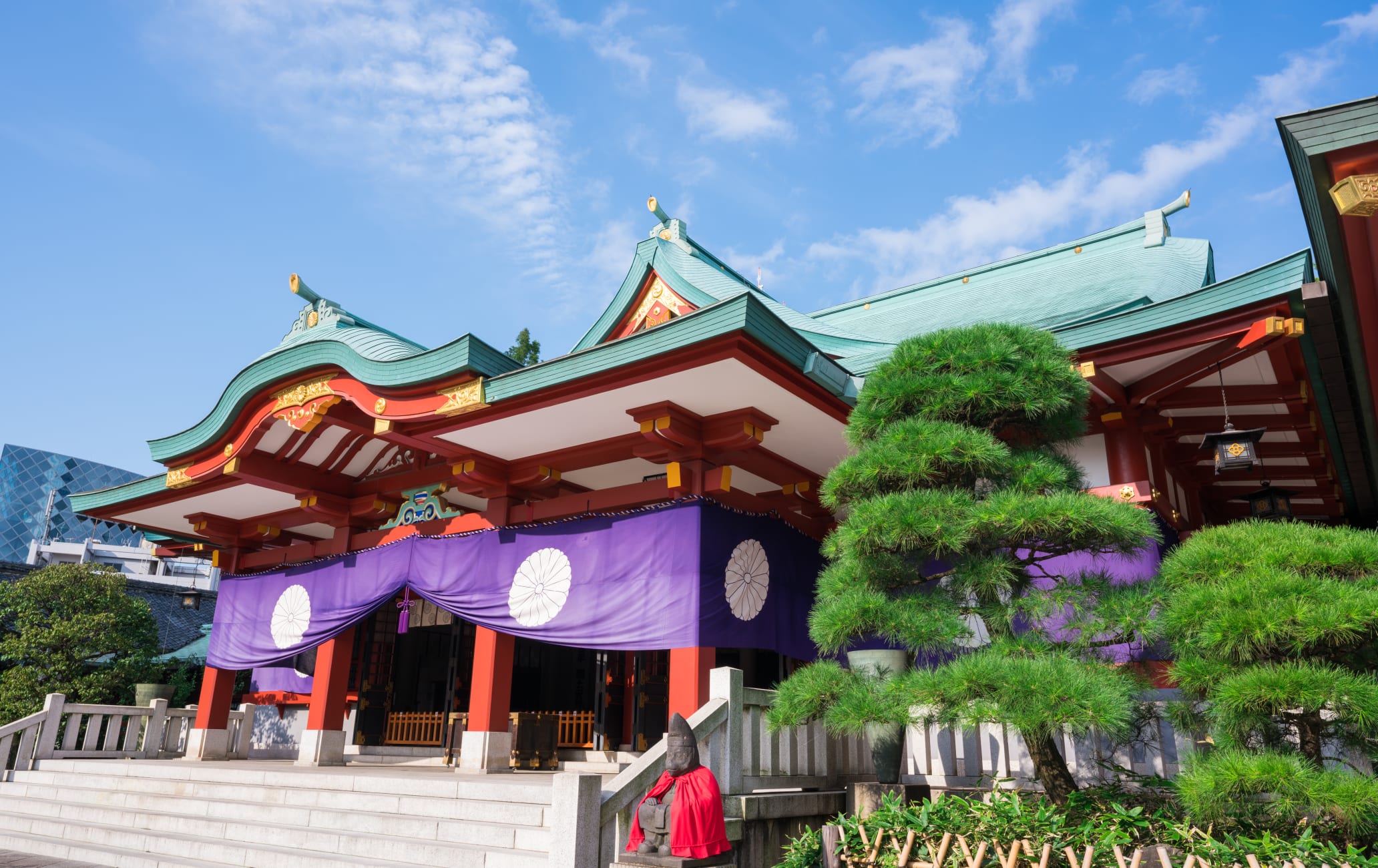
Hiejinja Shrine Travel Japan Japan National Tourism Organization (Official Site)
The Hie Shrine is a Shinto shrine in Nagatacho, in the Chiyoda district (Tokyo). Its Sanno Matsuri, which takes place on June 15, is one of the three great Japanese festivals of Edo, the forerunner of Tokyo. The procession consisted of the Edo period 45 floats, was accompanied by singers and dancers and was considered to be one of the best.
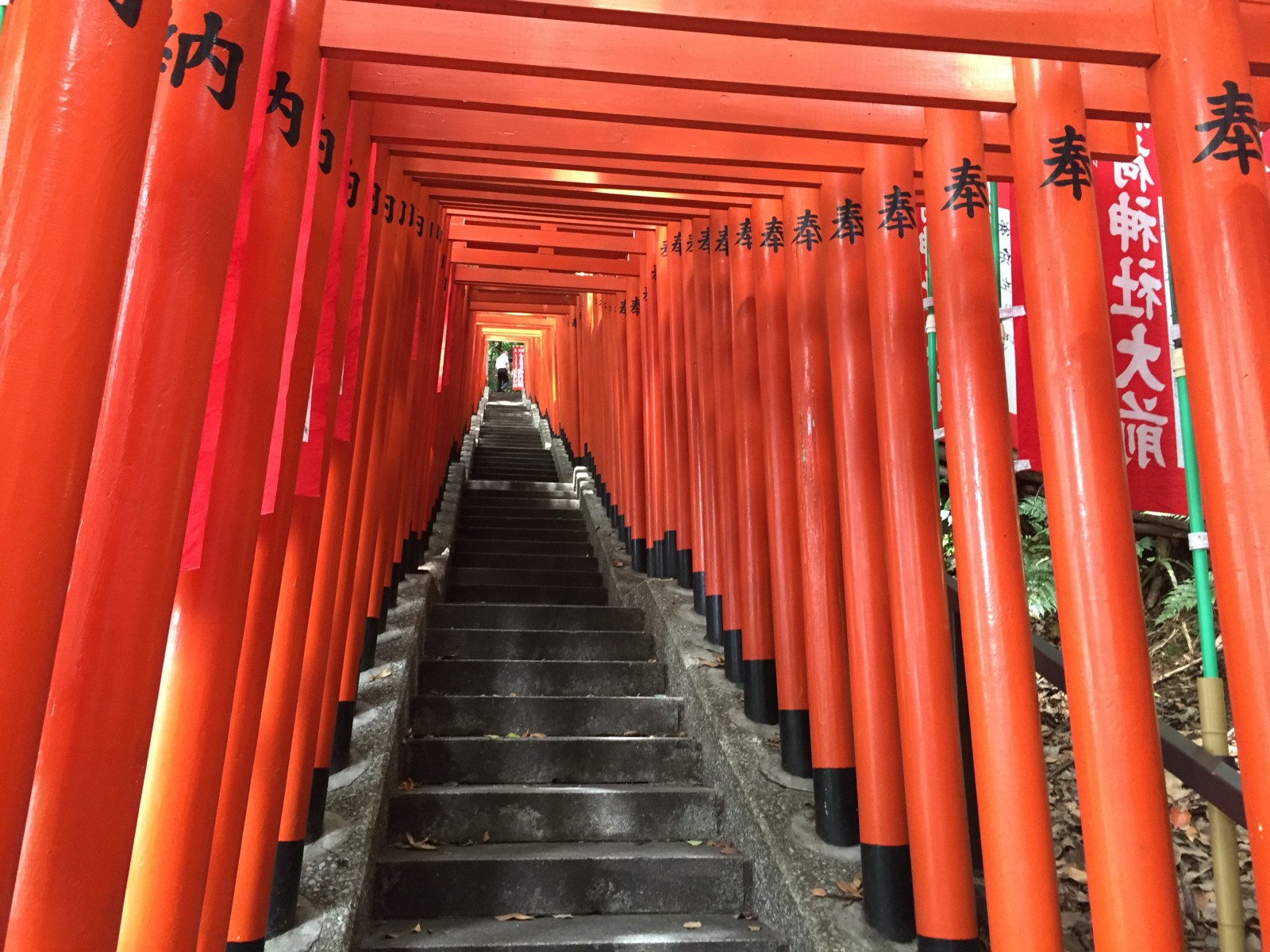
Hie Shrine the Hidden Shrine in Tokyo with Red Torii Gates Tunnel Japan Web Magazine
Hie Shrine Tokyo Hie Shrine was designated as a first-class government shrine before the Second World War and is a place of worship highly respected by the people of Tokyo. Hiji Shrine is within walking distance from the Imperial Palace.It has been a holy place of faith for the people of Tokyo since ancient times and is a shrine dedicated to the patron saint of Tokyo.
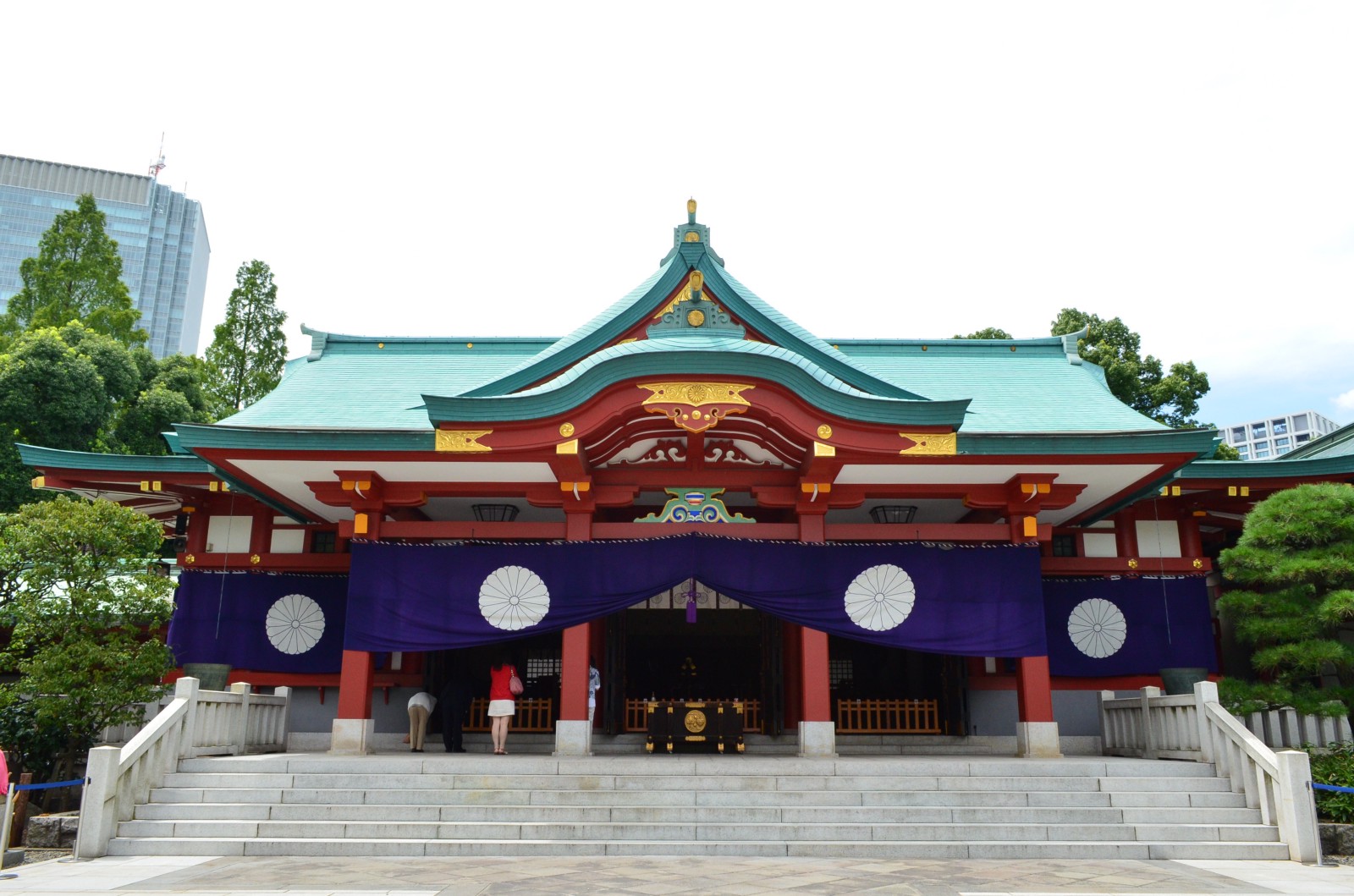
Hie Shrine the Hidden Shrine in Tokyo with Red Torii Gates Tunnel Japan Web Magazine
He also became a patron of the Hie Shrine and worshipped the deity as the protector of Edo, the old name for Tokyo. The citizens of Edo also had the strongest faith in Hie Shrine, which enshrined the guardian deity of the Shogun. In 1607, the shrine was moved outside of Edo Castle to Hayabusa-cho, near the present Kokuritsu Gekijo National Theatre.

Hie Shrine Tokyo Cheapo
Tokyo's Hidden Red-Gate Shrine. Hidden between Akasaka and the Imperial Palace, you'll find a little known shrine called Hie Shrine. While generally not as famous as a similar shrine in Kyoto called Fushimi Inari Shrine, Hie Shrine touts an impressive tunnel with 90 bright red torii gates. It's a calm shrine to visit in the middle of Tokyo.

Hie Shrine The nation's most urban shrine
The Hie Jinja Shrine was founded in 1478 by the lord Ota Dokan (1432 - 1486) on the site of the Edo Castle, which is now the location of the Imperial Palace in Tokyo. In 1607 the decision was made by shogun Tokugawa Hidetada (1579 - 1632) to relocate Hie Shrine near the present National Theatre of Japan (Kokuritsu Gekijo).

Hie Shrine Attractions in TameikeSanno, Tokyo
Hie Shrine, also known as Hie-jinja, is a Shinto shrine in Nagata-cho, Chiyoda-ku, in the center of Tokyo and sits just west of the National Diet Building. The shrine was originally founded in 1478 and has since been rebuilt times. It is dedicated to the deity of Mount Hiei, which is in Kyoto.